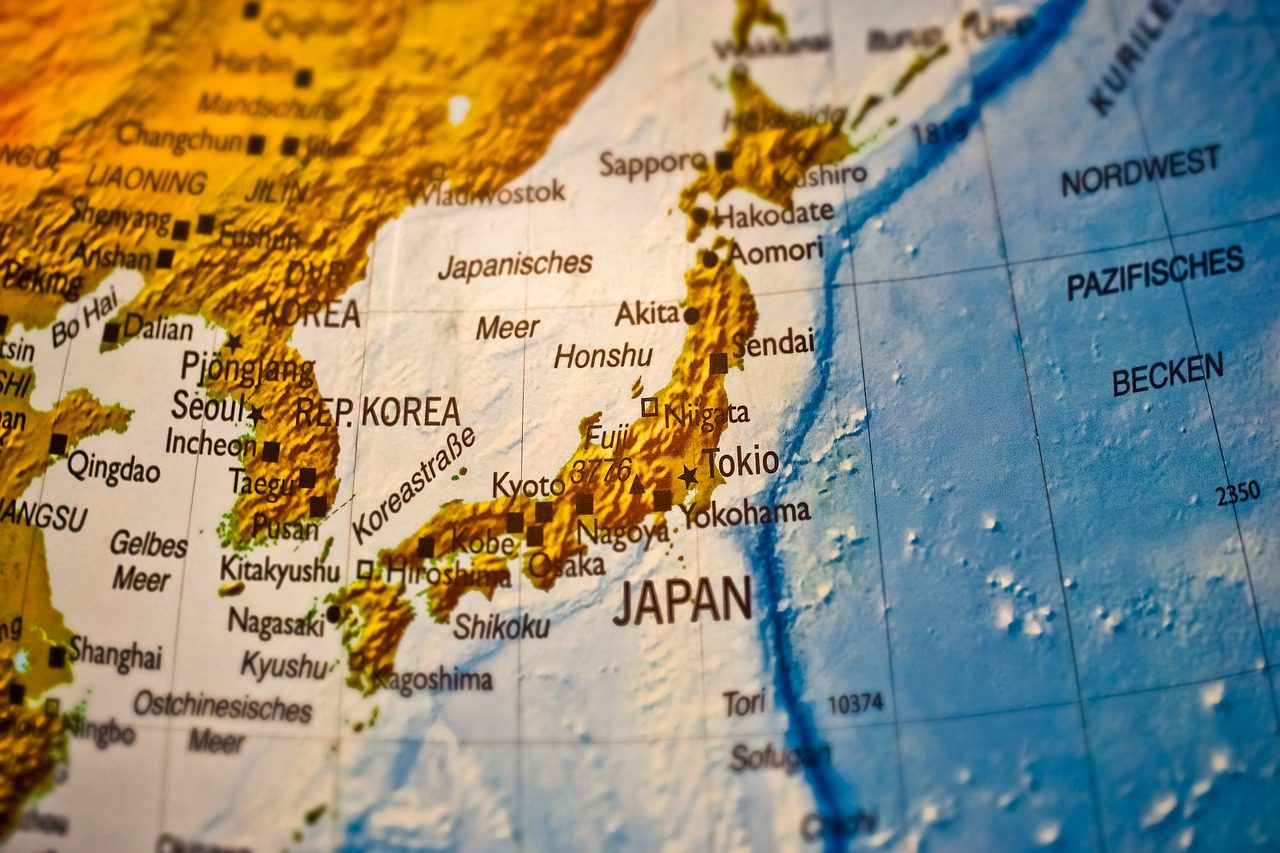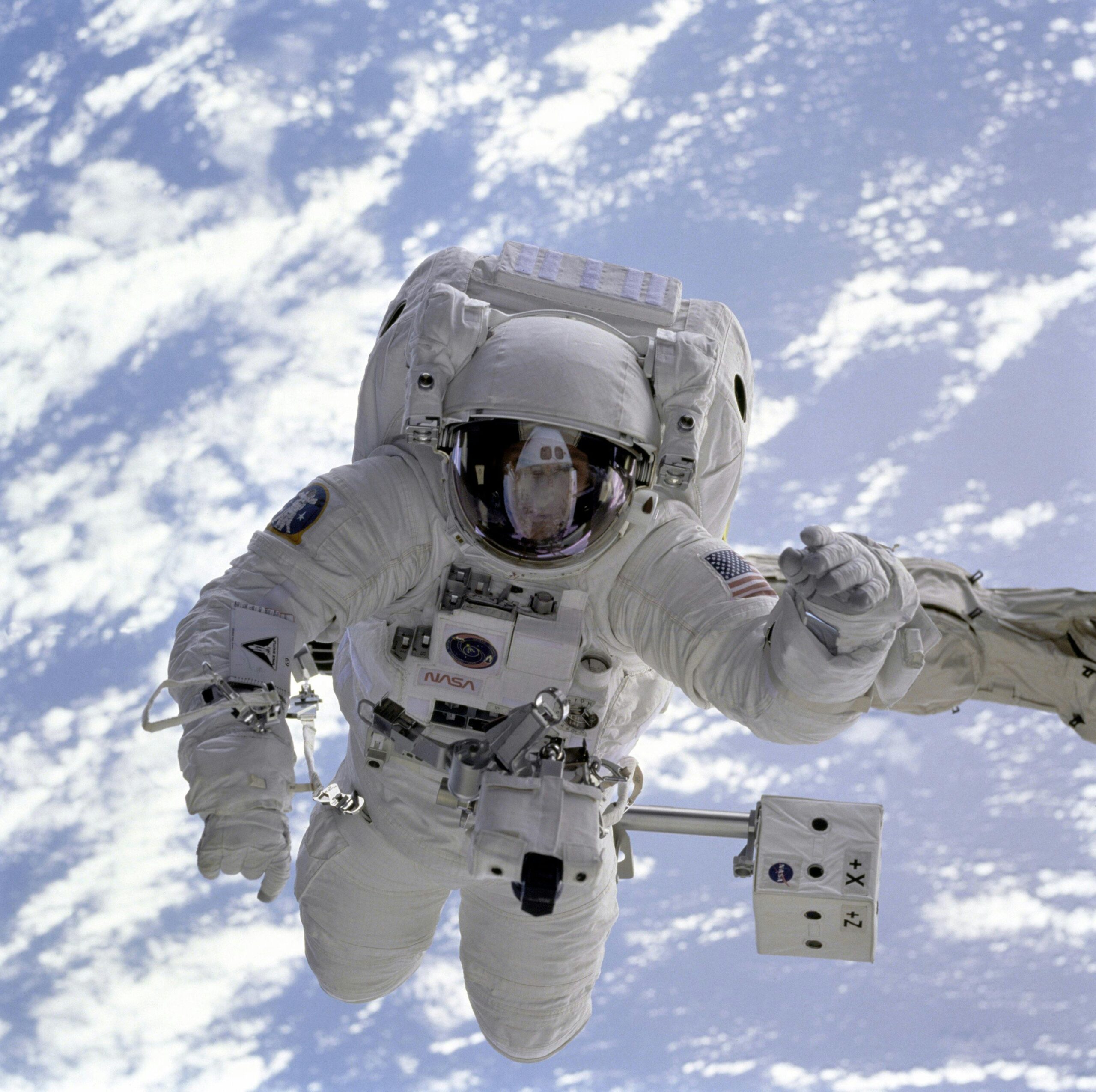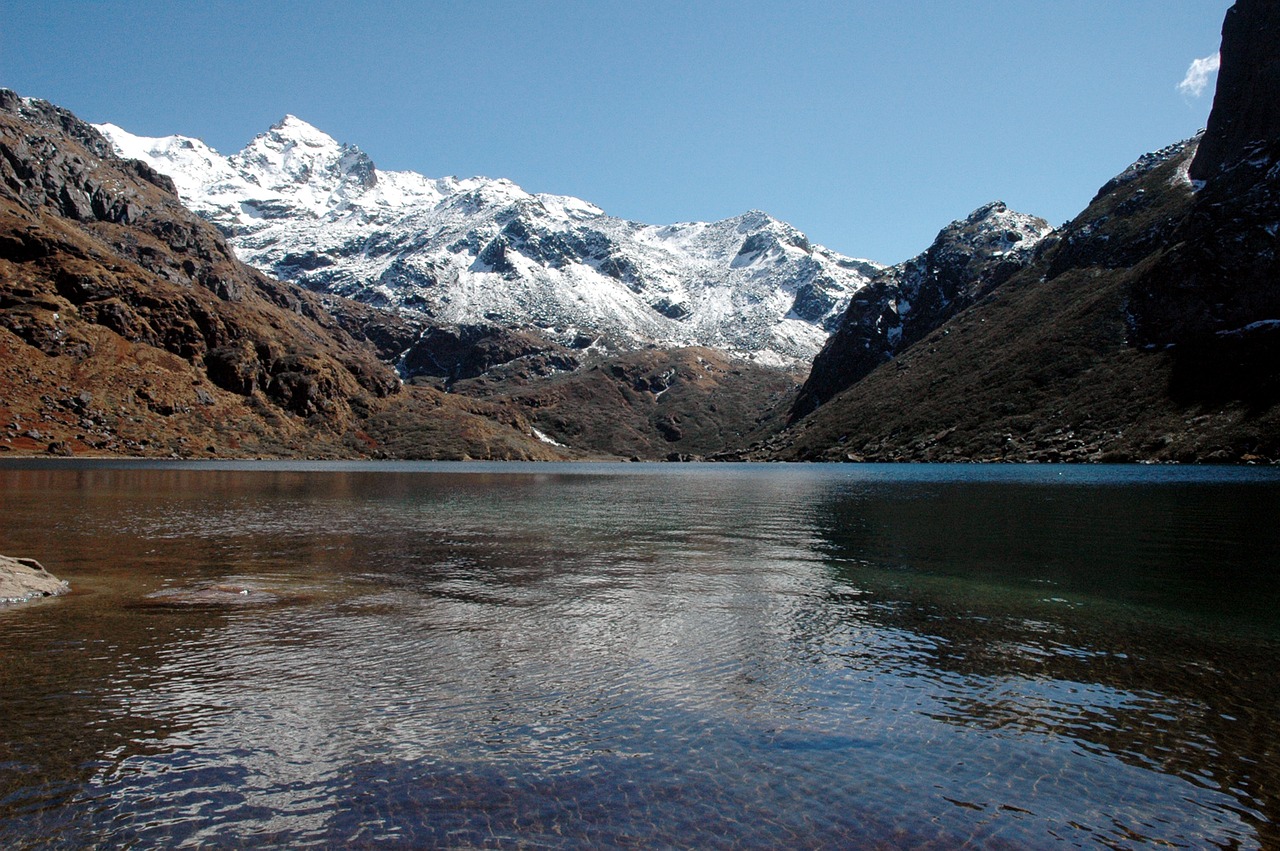G20 Countries and Disaster Risk Reduction

Bасkgrоund:-
- The G20 is a group of 19 countries and the European Union that discuss important economic issues.
- The G20 countries are powerful and represent about 80% of the world’s economy, trade, and population.
- They hold meetings once a year where leaders discuss things like economic growth, jobs, trade, and climate change.
- The G20 doesn’t have the power to force decisions, but the countries try to agree on things by talking and working together.
Linkage:
- Need for Creating a Collective G20 Framework for Disaster Risk Reduction:
- In the current World Risk Index, four out of the top 10 vulnerable countries are G20 nations.
- The combined estimated annual average loss in the G20 countries alone is USD 218 billion, equivalent to 9% of the average annual investment in infrastructure made by them.
- Disaster risk reduction measures can play an important role in preventing such losses.
Current News:
-
The First G20 Disaster Risk Reduction Working Group (DRR WG) meeting under India’s G20 Presidency took place, where India highlighted the importance of Disaster Risk Reduction (DRR).
- The G20 Disaster Risk Resilience Working Group has called upon governments to build a social protection system with an effective and preferred instrument for disaster risk financing.
- It emphasised the need for new-age Social Protection Systems that invest in local risk resilience to mitigate, prepare and recover from disasters.
- The five priorities outlined:
- Global Coverage of Early Warning Systems
- Increased commitment towards making infrastructure systems disaster resilient
- Stronger national financial frameworks for DRR
- Strengthened national and global disaster response system
- Increased application of ecosystems-based approaches to DRR
- The G20 Disaster Risk Resilience Working Group has called upon governments to build a social protection system with an effective and preferred instrument for disaster risk financing.
Impact:
- The G20 should foster collaboration and coordination among its members and other stakeholders on early warning systems, disaster-resilient infrastructure, financial frameworks and response systems for disaster risk reduction.
- They should promote innovation and research on disaster risk reduction, especially on the use of technology, data and ecosystems-based approaches.
- There is a need to align disaster risk reduction efforts with the 2030 Agenda for Sustainable Development, the Paris Agreement on Climate Change and the New Urban Agenda and ensure that no one is left behind.
- The Working Group on Disaster Risk Reduction is an opportunity for the G20 to take the lead in the implementation of the Sendai framework over the next seven years.








